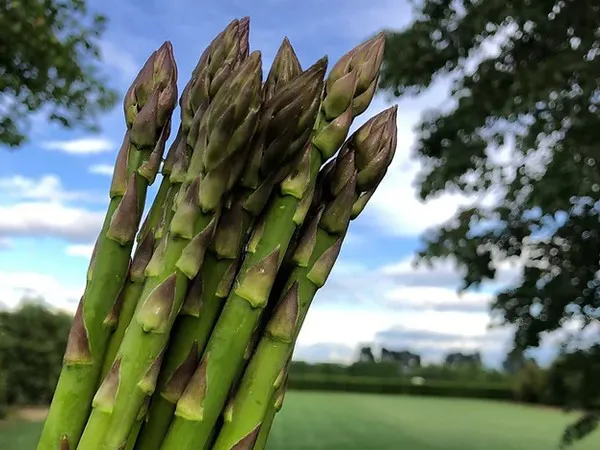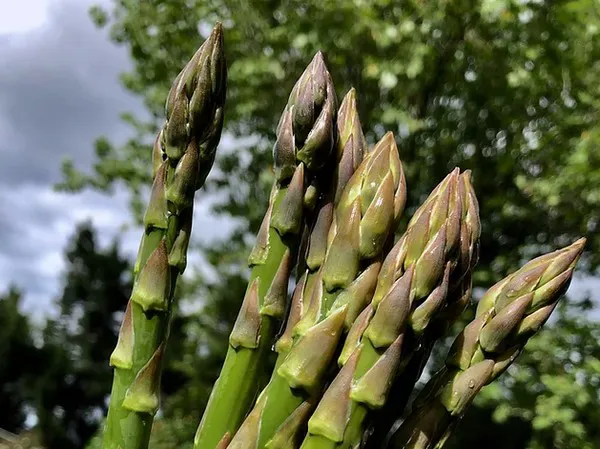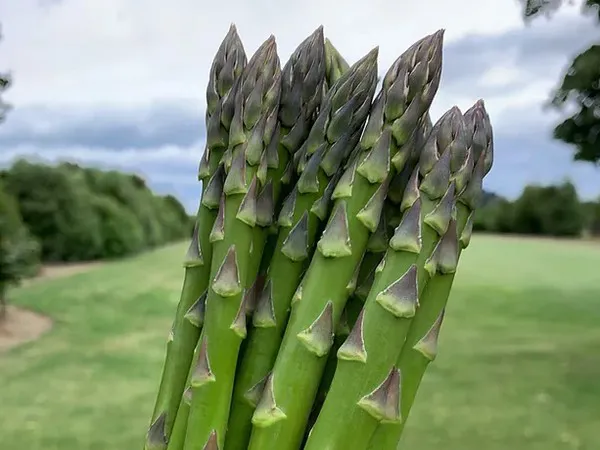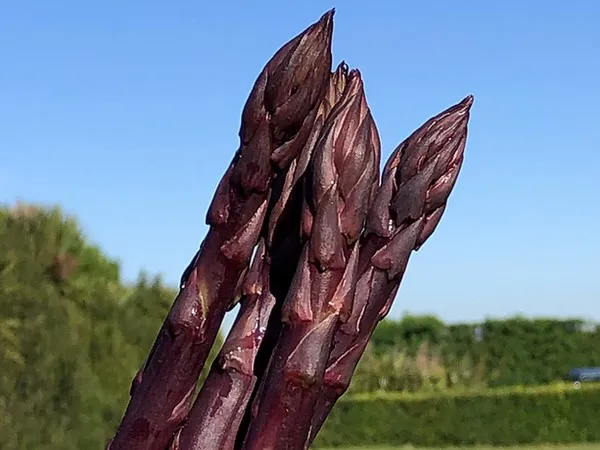The late Dr Peter Falloon started breeding asparagus over 40 years ago, and his son and the team at Aspara Pacific have been breeding asparagus in different forms ever since.
"We currently have five commercial varieties. Four of which are mainly for fresh green production and the 5th is a purple asparagus variety," explains Matthew Fallon, General Manager at the company.
Pacific Challenger
"Pacific Challenger and Pacific Endeavour are bred for temperate climates. Pacific Challenger is the world's first variety bred for Phytophthora (a pathogen that causes bud, spear and root rot) resistance. Pacific Summit and Pacific Green have been bred for hot climates and are breed to maintain good spear quality and tip tightness in hotter growing climates. Pacific Purple is our all purple variety, which is sweeter and has less fibre, and therefore tends to be more tender than green asparagus."
Aspara Pacific export seed of their varieties around the world. Which are grown in New Zealand, Australia, UK and Europe, Japan, Korea, China, Mexico, Peru and Ecuador.

Pacific Endeavour
"Our breeding program has been based on fresh production, and therefore, it always starts with spear quality. Disease resistance has been another key focus which has led to Pacific Challenger's Phytophthora resistance. And obviously high yielding varieties with longevity is very important.
"Growers are always looking for high yielding varieties that maintain good tip quality. Consistency of spear diameter is important as it makes post harvest grading and packing easier as well as the marketing of a consistent product." 
Pacific Summit
Consumers in different countries prefer different spear characteristics. Some countries pick a spear that is 23-25cm long, whereas others can pick spears that are 30cm plus. Preference of spear thickness also varies globally. Traditionally white asparagus is much thicker (as is usually pealed), whereas the majority of fresh green consumers prefer small to medium spears.
"Growers would often prefer more spears that are large and Jumbo in size as this reduces picking costs, as you get more weight per spear picked, however as the market for large and Jumbo spears is still relatively small, it is often much harder to sell larger spears to the public. Until there is a consumer driven change to larger spears, varieties with consistent medium to medium large spears will remain the most profitable for growers," said Matthew.

Pacific Purple
"Breeding asparagus takes a long time due to its relatively slow growing perennial nature. To be confident to commercialise a hybrid, you first need to evaluate it for at least 5 years in different locations, to ensure longevity after multiple seasons of pick pressure. As a result it can often take 10-20 years for a hybrid to become commercialised."
Aspara Pacific also grow fresh asparagus on a small semi-commercial basis, mainly to assess and compare their varieties and new hybrids for spear quality, yield and disease resistance.
For more information:
Matthew Falloon
Aspara Pacific Ltd
matty.falloon@gmail.com
www.asparapacific.co.nz
www.asparaguscrowns.co.nz
